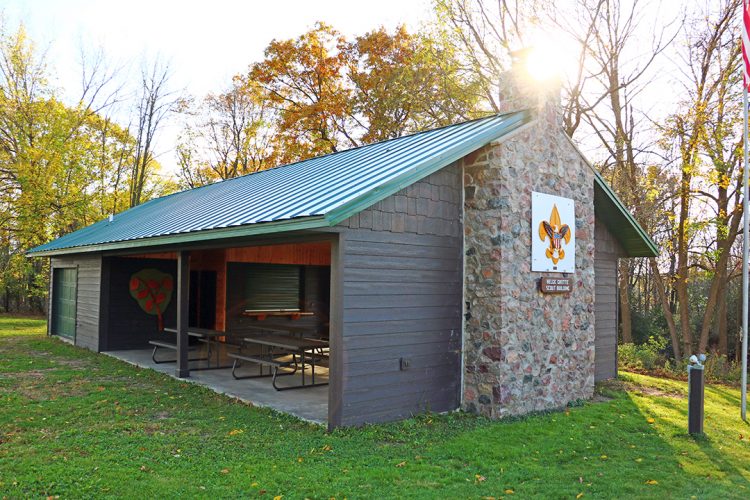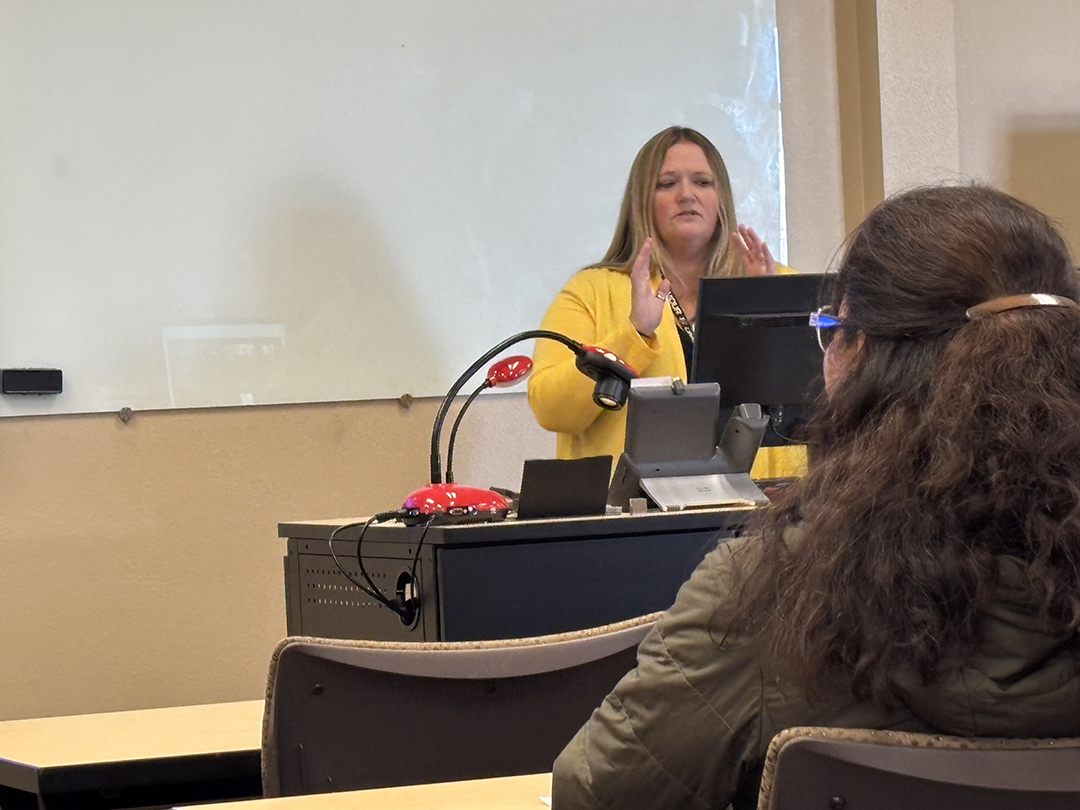Scouting roots grow deep within Cornell community


Larger than the old building, the new Scouts building on the corner of South Second and Bridge streets, has more storage, a bathroom and kitchen area. Named in honor of former Scoutmaster Helge Gr...




